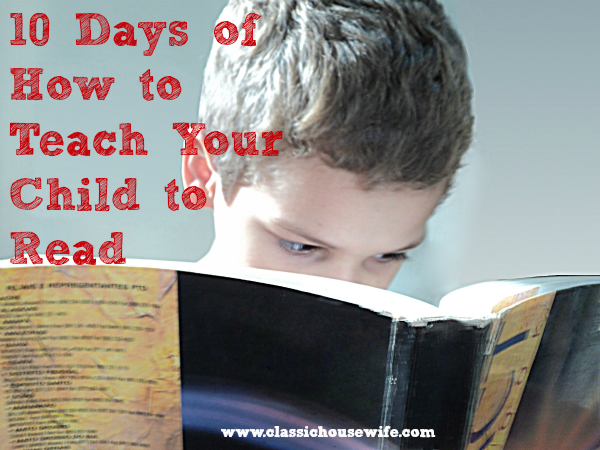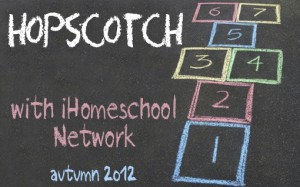Visual Learning
I’ve mentioned learning style several times throughout this series and now it’s time to dig in and take a look at each. Most kids don’t stick to one style exclusively, they have a strongest style of learner, a secondary style of learning and a weakest style of learning. Many kids benefit from approaches that accommodate all three, but making sure to include a child’s strongest method of learning will be a big help to that child!
Visual Learners in a Nutshell:
Though everyone is different and even visual learners will differ a little from each other, most visual learners will have many of the following things in common. If your child also shares many or most of these traits, there’s a good chance your child may be a visual learner, too!
- learn from part to whole (big picture first, then how to get there.)
- needs quiet to learn or study
- likes pictures, charts, graphs and lists
- probably enjoys drawing and may doodle on papers
- likes colors and fashion
- has to think about something they’ve heard after listening to it in order to understand it, digest it, and answer questions about it
- can visualize things well in their head, they can do well with puzzles, mazes, maps, etc.
- will use “seeing” words in conversation, “I’ll SEE you later,” “Take a LOOK at this.”
- prefers to read the lesson from a textbook instead of listening to a lecture
- may want to draw out solutions (drawing fractions or making timelines to figure out what happened first, etc.)
- some “picture memory” skills – can picture in their head where they left something, can remember (see in their head) what someone was wearing, etc.
Do you see your child here? Even if your child doesn’t have all of these characteristics, if he has a good number of them, he may be a visual learner, or it may be his secondary strength. Your child may enjoy employing some of the following methods.
Teaching Visual Learners to Read
Visual Learners will probably LOVE to read. Not always. But PROBABLY! They may also take to reading easily, because reading is very visual, but they do need the right approach to do so! Also, learning to read also involves and element of listening and combining what you hear and what you see. There are some things you can do to help your visual child do their best.
- demonstrate the whole, go back to the parts, work toward the whole – read some words or sentences to her, demonstrate the parts, then work on and learn the parts, put them together (more about this in a minute)
- use flash cards – for letters, phonics, word families, sight words… colorful is better!
- underline some letters if they mix them up (b’s and d’s) or underline phonemes in word families (the “at” or the “ig”) so they stand out visually
- get comfortable and eliminate extra noise as much as possible while working on new concepts (you may need to practice reading while siblings are napping)
- when asking questions, allow enough time for him to think about it and respond. When possible (if asking what a word is for example) include a visual when you ask the question (write the letter “b” on the board and ask “what sound does the letter “b” make?”)
- make puzzles out of words and sentences (with construction paper and scissors), assemble and practice reading
- let them do copywork! Show it to them, read it aloud, let them copy it, ask them to read it aloud.
- watch videos on Youtube (Between the Lions, Word World, Sesame Street, etc.)
- colorfully label things in the school room (door, desk, book, etc.)
- when they are older, teach them to take notes, draw diagrams, create timelines and make lists or outlines while listening to lectures
- let them illustrate! Illustrate notebooking pages, copywork pages, reading pages..
- encourage them to visualize things – math problems, word spellings, what they are reading and so on
- encourage listening and reading together – reading along in the book while it being read aloud by teacher/mom, listening to an audio of the book while reading to self
Going from Whole to Parts and Back Again
Quite often visual learners don’t learn very well sequentially – they need to know where you’re going and why before they can even start the journey! If you start at the very beginning with consonants and phonemes before the child has the bigger picture, it can become very frustrating for the child who is trying to follow but his brain isn’t on the same page.
Most likely, your child already knows what a book is, that there are pages inside, with words that make up a story. If not, now is the time to pull out a good storybook! They probably already know the abc’s and the sounds the letters make–and if they do, that will help. Now your child needs to transition from being read to, to doing the reading. Starting with a simpler reader like McGuffey or Dick and Jane, demonstrate this for them. Read the first line for them, following along with your finger. Then point out words. “This is the word ‘cat.’ It’s c-a-t. Cat.” Ask them to point to the word ‘cat’ and say it. They are making visual connections with the words and sentences on the page and they see the goal you are working toward.
Now you can break it down into smaller pieces. While practicing the consonants, add new phonemes one group at a time. Teach the phoneme ( for example: -at,) and then teach the word family (hat, mat, rat, sat). Focus on the visual similarity between the words and point out the auditory similarity. Underline the “at” in all the words and practice saying “at” whenever you see it (instead of “ah.. t…”, say it as a whole.) Playing rhyming games with them and make flash cards for them.
Now we take it back to the whole by reading sentences full of these “at” words. “A cat and a rat.” The McGuffey reader is really good for this. Read the lesson, use the new phonemes presented in the lesson, learn them, re-read the lesson. You will have to point out, learn and practice the sight words “a,” “and,” etc, as you go. In the beginning you will spend some time on each lesson, perhaps several days. As they learn more and catch on, the lessons will go quicker and less time will need to spent on the “parts.”
By doing both the pieces and the whole together–reading, dissecting, reading, dissecting–you can help your visual learner make the auditory and visual connections they need to catch on and take off in their love of reading.
Additional Reading: Visual Learners, Teaching Visual Learners to Read, How to Teach Visual-Spatial Learners, Do’s and Don’ts for Teaching Visual Learners
Have a visual learner? What questions do you have?
Just joining in? Start at the beginning. (It’s a very good place to start.)
This series is a part of a blog hop called “The Hopscotch” through iHomeschool Network (previously known as “the ten days of” series.) HOP on over and hopscotch through all the other 10 Days series. While you’re there, check out the Pin it to Win It contest featuring a giveaway of products from Prufrock Press.
If you’d like to read more posts related to reading, then you may want to check out Marianne’s Homeschooling with Dyslexia, Mary’s 10 Days of Reading Aloud, or Becky’s Teaching Spelling Through Word Study!
Image Source: Young Reader by Francisco Farias Jr



I miss Between the Lions. Just as my kids were old enough to make use of the skills they quit showing it. Sigh and double sigh.
You know, my daughter probably has some very strong visual learner aspects to her. I need to think about that some more. She leans towards wanting to just memorize the word rather than learn the phonics rules, drives me nuts.